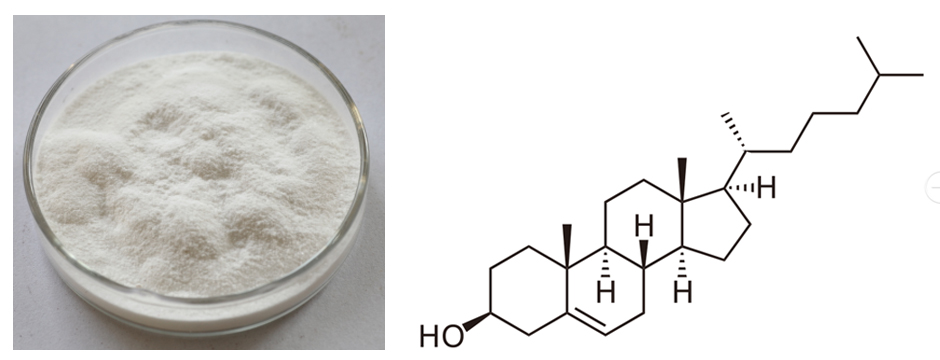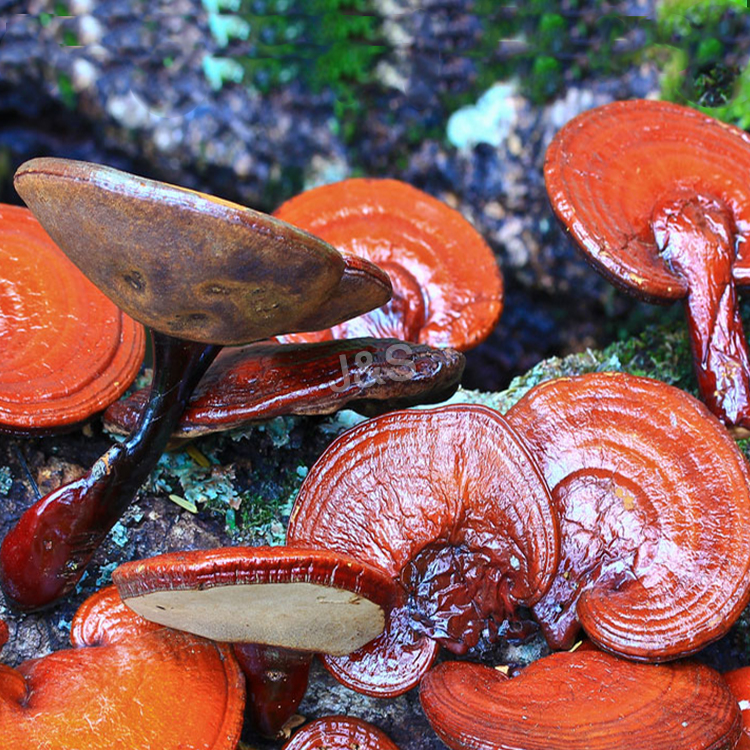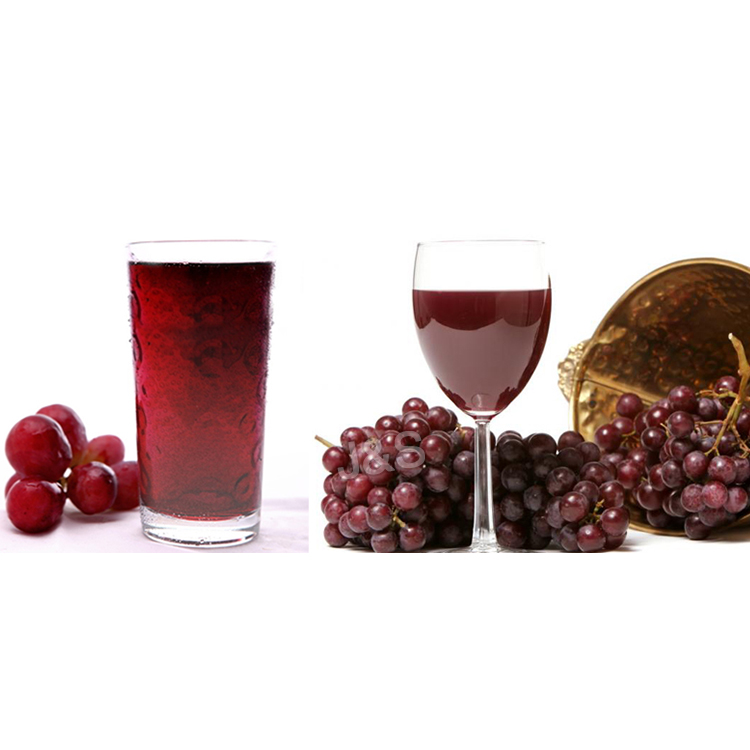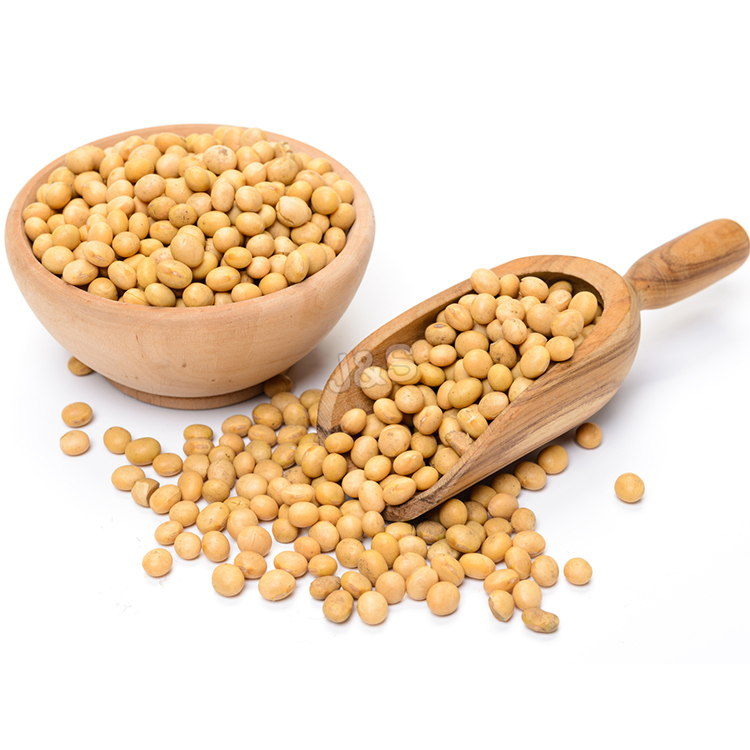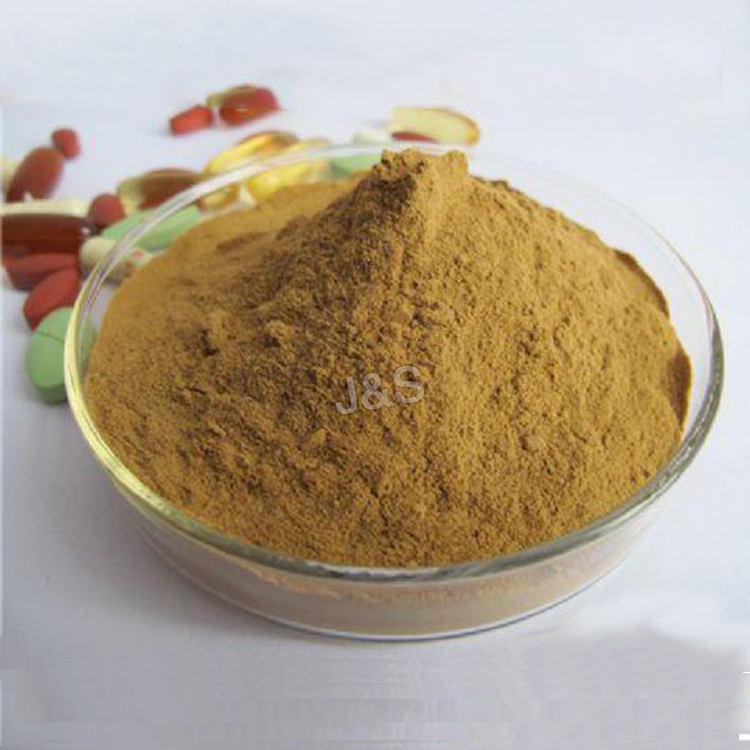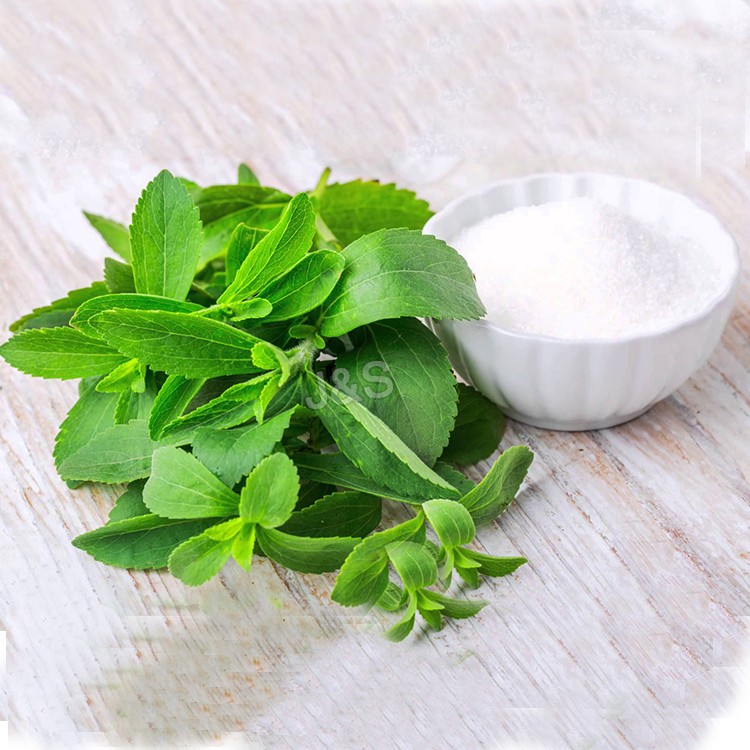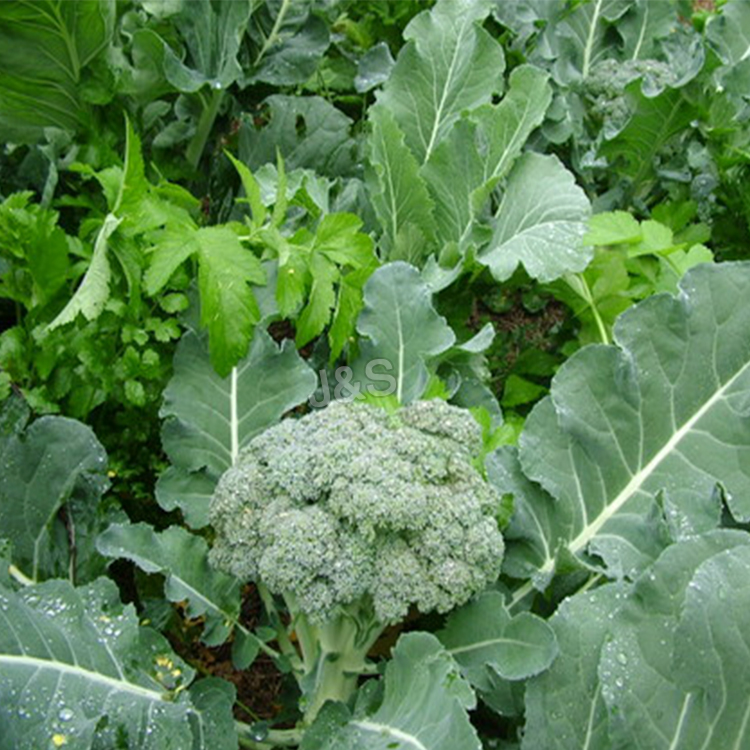Massive Selection for Phytosterol Wholesale to Cape Town
Massive Selection for Phytosterol Wholesale to Cape Town Detail:
[Latin Name] Glycine max(L.) Mere
[Specification] 90%; 95%
[Appearance] White powder
[Melting point] 134-142℃
[Particle size] 80Mesh
[Loss on drying] ≤2.0%
[Heavy Metal] ≤10PPM
[Storage] Store in cool & dry area, keep away from the direct light and heat.
[Shelf life] 24 Months
[Package] Packed in paper-drums and two plastic-bags inside.
[Net weight] 25kgs/drum
[What is Phytosterol?]
Phytosterols are compounds found in plants that resemble cholesterol. The National Institutes of Heath report that there are over 200 different phytosterols, and the highest concentrations of phytosterols are found naturally in vegetable oils, beans and nuts. Their benefits are so recognized that foods are being fortified with phytosterols. At the supermarket, you may see orange juice or margarine advertising phytosterol contents. After reviewing the health benefits, you may want to add phytosterol-rich foods to your diet.
[Benefits]
Cholesterol-Lowering Benefits
The most well-known, and scientifically proven, benefit of phytosterols is their ability to help lower cholesterol. A phytosterol is a plant compound that is similar to cholesterol. A study in the 2002 issue of “Annual Review of Nutrition” explains that phytosterols actually compete for absorption with cholesterol in the digestive tract. While they prevent the absorption of regular dietary cholesterol, they themselves are not easily absorbed, which leads to a total lower cholesterol level. The cholesterol-lowering benefit does not end with a good number on your blood work report. Having lower cholesterol leads to other benefits, such as a reduced risk for heart disease, stroke and heart attacks.
Cancer Protection Benefits
Phytosterols have also been found to help protect against the development of cancer. The July 2009 issue of the” European Journal of Clinical Nutrition” offers encouraging news in the fight against cancer. Researchers at the University of Manitoba in Canada report that there is evidence that phytosterols help prevent ovarian, breast, stomach and lung cancer. Phytosterols do this by preventing the production of cancer cells, stopping the growth and spread of cells that are already in existence and actually encouraging the death of cancer cells. Their high anti-oxidant levels are believed to be one way phytosterols help fight cancer. An anti-oxidant is a compound that fights free radical damage, which is negative effects on the body produced by cells that are unhealthy.
Skin Protection Benefits
A lesser known benefit of phytosterols involves skin care. One of the contributing factors in the aging of the skin is the breakdown and loss of collagen — the main component in connective skin tissue — and sun exposure is a major contributor to the problem. As the body ages, it is not able to produce collagen as it once did. The German medical journal “Der Hautarzt” reports a study in which various topical preparations were tested on skin for 10 days. The topical treatment that showed anti-aging benefits to the skin was the one that contained phytosterols and other natural fats. It is reported that phytosterols not only stopped the slow-down of collagen production that can be caused by the sun, it actually encouraged new collagen production.
Product detail pictures:
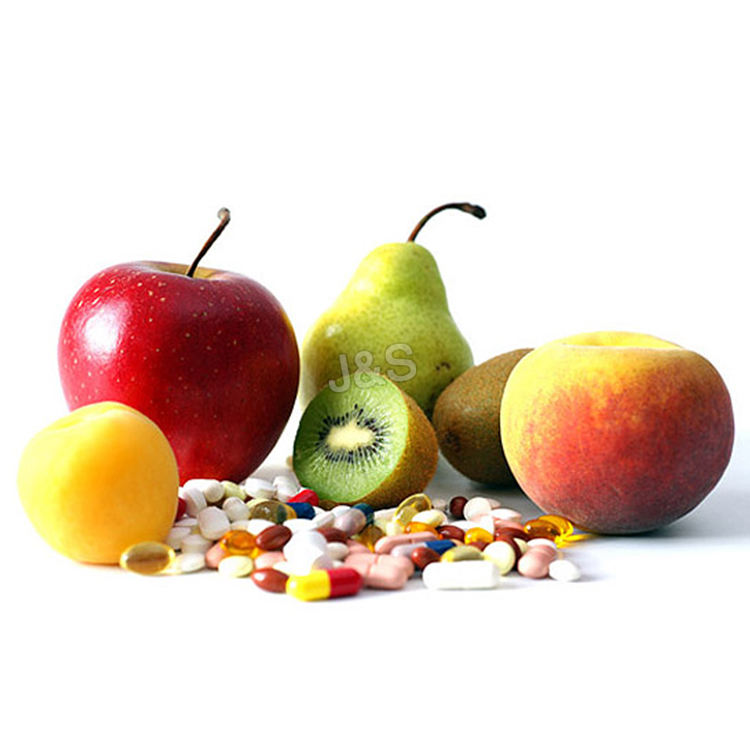
Related Product Guide:
We generally continually give you quite possibly the most conscientious shopper company, and the widest variety of designs and styles with finest materials. These endeavours include the availability of customized designs with speed and dispatch for Massive Selection for Phytosterol Wholesale to Cape Town , The product will supply to all over the world, such as: Chile, Amman, Tanzania, Meanwhile, we're building up and consummating triangle market & strategic cooperation in order to achieve a multi-win trade supply chain to expand our market vertically and horizontally for a brighter prospects. development. Our philosophy is to create cost-effective products, promote perfect services, cooperate for long-term and mutual benefits, firm a comprehensive mode of excellent suppliers system and marketing agents, brand strategic cooperation sales system.
natural male enhancement pills https://foxnewsdirect.com/NaturalMaleEnhancementPills
Are you considering utilizing enhancement medicines? Many guys who wish to gain a couple of inches in girth and length depend on male upgrade tablets to do the job. There are numerous perks, and one of the very best things is that you don’t have to count on intrusive treatments like surgical treatment in order to get those couple of inches you desire. Below, we’ll discuss the advantages of natural male enhancement pills and how to pick the right ones for you. “natural male enhancement pills”
There are numerous perks of natural tablets, consisting of gaining inches in both girth and length. By raising the blood circulation to the chambers in the penis, these natural male enhancement pills produce a more difficult erection, one that lasts longer, a more intense orgasm, and a smaller chance for untimely ejaculation. This can make sex a lot more pleasurable for you and your partner, and raise your confidence and self-esteem.
Natural male improvement items usually contain some sort of hormone that will help enhance the size of your penis. They include natural herbs that are understood for helping stimulate blood and boost sexual efficiency. A few of the herbs you could try to find in these kinds of male improvement tablets consist of ginseng, saw palmetto, primrose, horny goat weed, hops, and damiana. These natural herbs are all known for their capacity in helping with male upgrade, and can actually collaborate to get the results you desire.
Before selecting a specific sort of pill, visit the internet site or research them to identify whether they provide the benefits that you can really use. You’ll desire to compare the perks to other tablets as well as the expenses. This will assist you identify whether you’re getting a bargain. Lots of male improvement tablet business offer free of charge trials that you could utilize to figure out whether they’re going to help you. Check for a guarantee so you understand you’re secured if you end up being miserable with the performance of the pills.
Invest lots of time looking into your options before making a decision. Make use of the information above to assist you identify whether natural enhancement tablets are right for you, as well as which ones you must acquire for your unique requirements.
This reason is truly basic. The best enhancement pills will give you better outcomes faster than a great deal of other enhancement methods. Typically, solid enhancements in your sexual skills will be seen after 1-3 weeks A great deal of other enlargement approaches don’t bother about your sexual abilities. The thing they concentrate on is enhancing length and thickness, but will refrain nothing for your endurance. “natural male enhancement pills”
The actual approach where you abate – what’s much easier than ingesting tablets a couple of times and paying attention to fundamental tutorials? This is particularly great for really bustling guys, since they do not have 50-60 mins every day, attempting to establish gadgets. However together with a great penis enhancement exercise you will see better outcomes. Enhancement medicines are additionally among the safest methods where you can make your penis larger. For anybody has any sort of concerns with safety and whats to to enlarge their penis, pills are an extremely great option.
Natural male enhancement pills have actually come to be quite prominent over the years, along with being probably the most used product for e-mail spam. Male enhancement supplements are not produced equal, so it is essential that you have at least some idea on what you are acquiring. Below is an easy list of regulations, or tips rather, that you must always follow when searching for male supplements.
Possibly you don’t have time to do the research. Instead, do a fast search online to find out what natural male enhancement pills have the greatest many evaluations and read the adverse ones initially. Many of the time, if you do not see a lot of details about things in the negative testimonials, they exist simply to discourage you from purchasing the pills, because they could be from other business that are attempting to discredit that particular medicine. That does not indicate it’s the very best or is a natural male upgrade medicine for others to be keeping an eye out for in terms of competitors. “natural male enhancement pills”
natural male enhancement pills https://www.youtube.com/watch?v=3GnjF48OaT8
natural male enhancement pills review
enzyte
natural male enhancement herbs
zenerx
free male enhancement pills
enhancerx
extenze pills
extenze
https://www.improveyourmemorycentral.com/ Vitamins For Memory
Learn which vitamins will maintain and improve your memory
The customer service staff is very patient and has a positive and progressive attitude to our interest, so that we can have a comprehensive understanding of the product and finally we reached an agreement, thanks!
